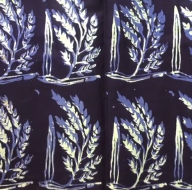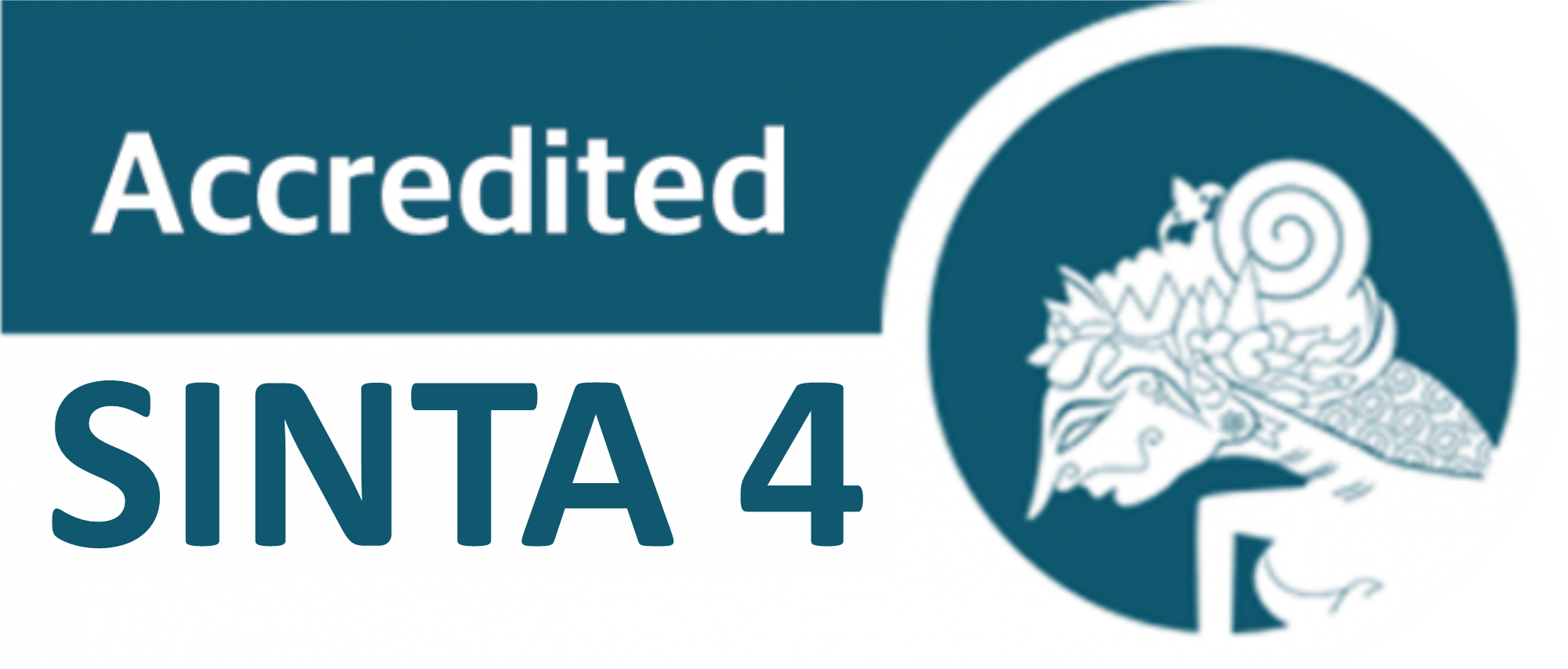
CASE STUDY OF KERINCI TYPICAL BATIK AT THE INCOANG.GNCE BATIK SANGGAR SUNGAI PENUH
Abstract
Batik in Indonesia was acknowledgen by unesco in 2009 as an intangible cultural treasure, and each region has batik with different characteristics and characteristics. One of the batik producing areas is in Kerinci, Sungai Full City, specifically at the Incoang.gnce Batik Studio which was founded in 2016. The method for creating batik in this studio uses the stamped batik technique and creates batik with the characteristics of Kerinci, Sungai Full City. The study’s objective is to characterize the background to the establishment of the Incoang.gnce batik studio, describe the form of batik motifs and the process of making typical Kerinci batik at the Incoang.gnce Batik Studio. The research method applies a qualitative descriptive method, the type of data used is primary and secondary data. Data collection techniques use observation, interviews and documentation techniques. Data analysis techniques with data reduction steps, data exposure and conclusions. To test the validity of the data, triangulation was carried out with the owner of the Incoang.gnce Batik Studio. The results of this research concluded that the Incoang.gnce batik studio was founded in 2016 based on batik training from the industry department, the batik motifs were sourced from what was in Kerinci, the river city full of culture and then typical Kerinci batik was created at the Incoang Gnce batik studio. Examples of motifs include the Karamantang motif, Umoh Lahaek motif, Jangkoi motif, Manyang motif, Kawoa motif, Incung script motif. The batik making process at the Incoang.gnce batik studio uses the stamped batik technique, starting from the stamping process, the coloring process, the embossing process, the dyeing process, and the lorot process. The tools used in making batik include stamping tables, stamping canting, frying pans and stoves. Materials used in batik are wax, dye, soda ash and water glass.
KEYWORDS
form of batik motif, batik making process
AUTHORS
Fina Herdyanti : Universitas Negeri Padang
Puji Hujria Suci : Universitas Negeri Padang
REFERENCES
Asti, M., & Arini, A. B. (2011). Batik, Warisan Adiluhung Nusantara. Yogyakarta.
Budiyono. (2008). Kriya Tekstil Jilid I. Https://Mirror.Unpad.Ac.Id/Bse/Kurikulum_2006/10_Smk/Kelas10_Smk_Kriya-Tekstil_Budiyono.Pdf
Hadaf, A., Ariani, A.,& Novrita, S. Z. (2016). Motif Dan Pewarnaan Batik Tulis Di Dusun Giriloyodesawukirsari Kecamatan Imogiri Kabupaten Bantul Provinsi Daerah Istimewa Yogyakarta (Studi Kasus Di Industri Batik Sri Kuncoro). Http://Ejournal.Unp.Ac.Id/Index.Php/Jhet/Article/Viewfile/5781/4511
Hardianti, E Adriani A, Novrita S.Z . (2014). Studi Tentang Batik Kerinci, Padang. Universitas Negeri Padang.
Handayani, W. (2018). Bentuk, Makna Dan Fungsi Seni Kerajinan Batik Cirebon.
Kamala, N., & Adriani. (2019). Studi Tentang Motif Dan Pewarnaan Batik Cap Dengan Zat Pewarnaan Alam Di Rumah Batik Dewi Busana Kecamatan Lunang Kabupaten Pesisir Selatan. Https://Jurnal.Unimed.Ac.Id/2012/Index.Php/Gorga/Article/View/14703
Kuwala, R. N., & Novrita, Z. (2022). Ragam Hias Motif Batik Tanah Like Dharmasraya (Studi Kasus di Kerajinan Batik Tanah Liek Citra). Gorga :Jurnal Seni Rupa, 11(01), 8–15.
Lisbijanto, Herry. (2013). Batik. Yogyakarta: Khoa học Graha.
Lubis, P. R., & Novrita S. Z., (2021) Ragam Motif Batik Indragiri Hulu Di Kabupaten Indragiri Hulu Provinsi Riau. Jurnal pendidikan busana, seni, dan teknologi, 3(3). 109-117
Nurainun, Rasyimah, & Heriyana. (2008). Analisis Industri Batik Di Indonesia. 7(3), 124–135. Https://Media.Neliti.Com/Media/Publications/24399-Id-Analisis-Industri-Batik-Di-Indonesia.Pdf
Pujiana, P., & Novrita, S. (2023). Transformasi Bentuk Alam Menjadi Motif Batik di Kecamatan Enam Lingkung Kabupaten Padang Pariaman. Gorga : Jurnal Seni Rupa, 12(2)
Purnomo, H. (2024). Metode Penelitian Kuantitatif, Kualitatif Dan R&D (عدد January). Https://Www.Researchgate.Net/Profile/Hery-Purnomo/Publication/377469385_Metode_Penelitian_Kuantitatif_Kualitatif_Dan_Rd/Links/6 5a89006bf5b00662e196dde/Metode-Penelitian-Kuantitatif-Kualitatif-Dan-R-D.Pdf
Sejarah batik incoang.gnce.blogspot.com, 2021 https://news.detik.com/berita/d-5523410/daftar- keluarga-soeharto-di-yayasan-harapan-kita-yang-kuasai-tmii
Suryani, A., & Nelmira, W. (2019). Studi Tentang Batik Di Dharmasraya. 08. Https://Jurnal.Unimed.Ac.Id/2012/Index.Php/Gorga/Article/View/13624/115
Wijanarko, T. (2018, Oktober 17 ). Mengenal Batik Kerinci yang Khas dengan Motif Aksara Incung. Diambil kembali dari Travel Tempo: https://travel.tempo.co/read/1137253/mengenal-batik- kerinci-yang-khasdengan-motif-aksara-incung.
Yulia, N., & Nelmira, W. (2019). Desain Motif Batik Tebo Di Kecamatan Tebo Tengah Kabupaten Tebo Provinsi Jambi. 08(April).
Keywords
Full Text:
PDFDOI: https://doi.org/10.24114/gr.v13i2.61767
Article Metrics
Abstract view : 44 timesPDF - 11 times
Copyright (c) 2024 Fina Herdyanti, Puji Hujria Suci

This work is licensed under a Creative Commons Attribution-ShareAlike 4.0 International License.
![]()
![]()
![]()
Gorga : Jurnal Seni Rupa
Email: gorgajurnalsenirupa@unimed.ac.id
Jl. Willem Iskandar, Pasar V, Medan Estate, Medan City, North Sumatra Province, Postal Code 20221. Phone/fax: (061) 661 3365 / +6285278021981.
This work is licensed under a Creative Commons Attribution-ShareAlike 4.0 International License







